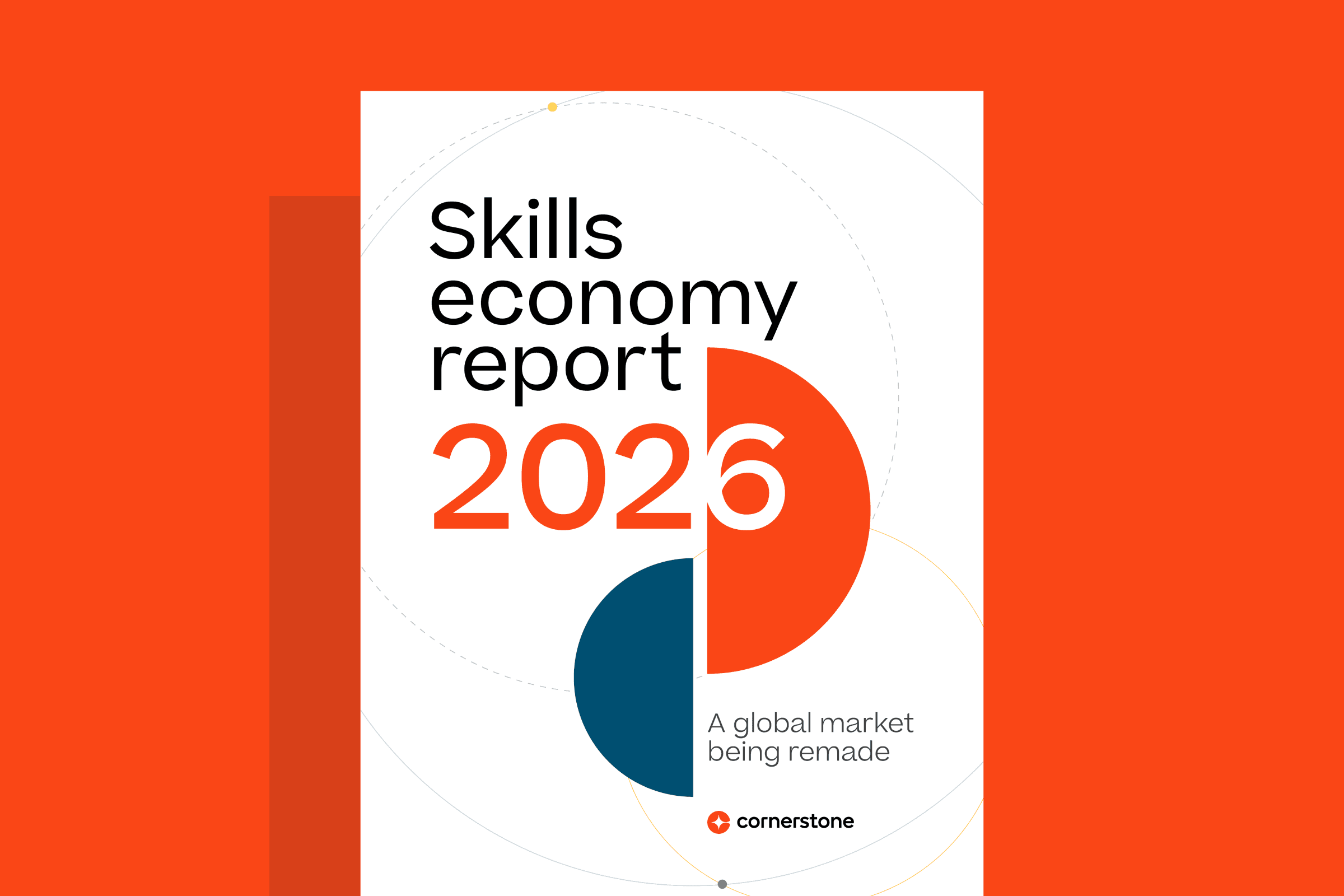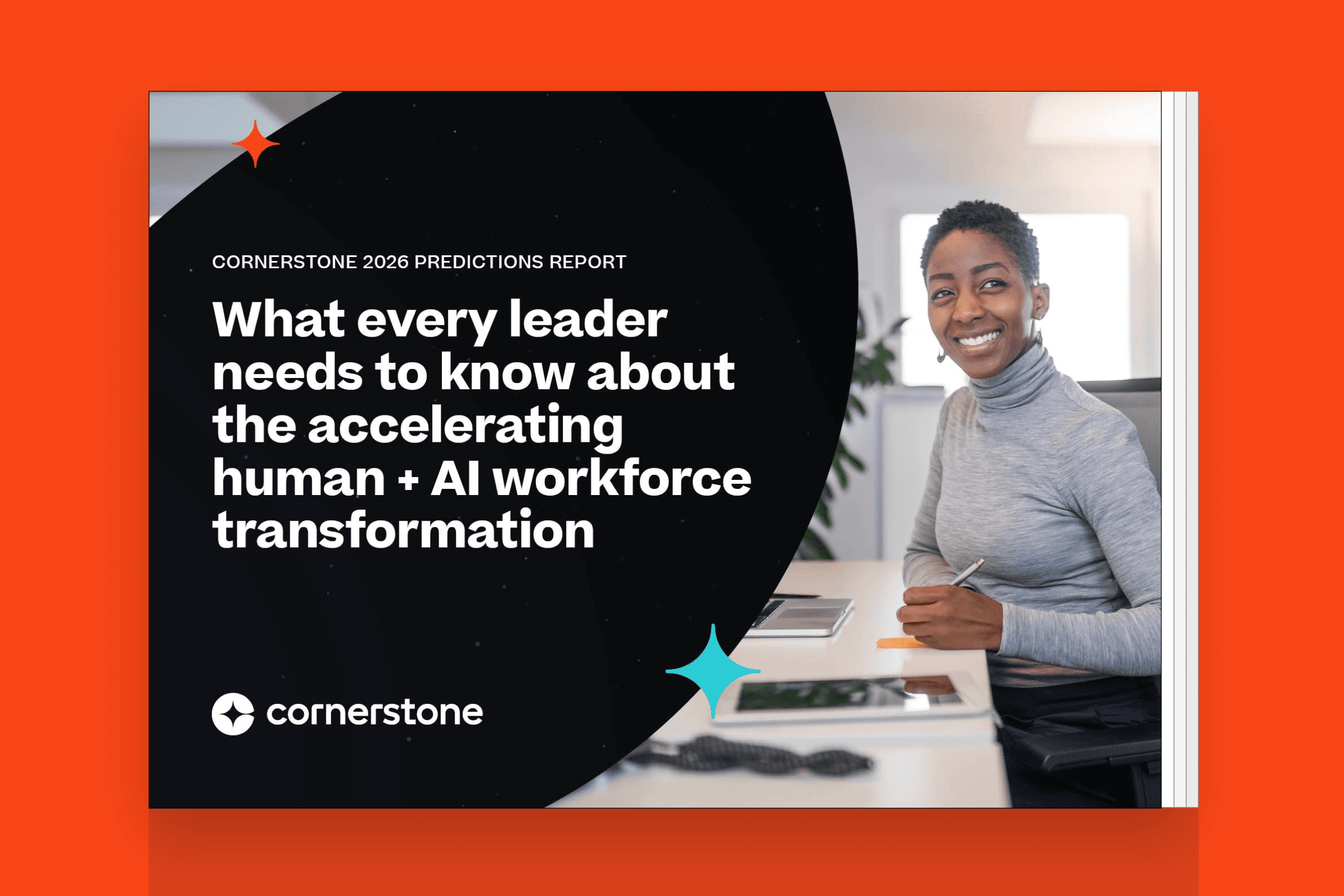Outfits at work are more than just a fashion statement — they're also a business statement. As it turns out, what your employees wear to work is probably impacting your business's bottom line.
A study by Columbia University found that more formal clothing leads to higher abstract thinking—the pursuit of long-term goals over short-term gains—and a more professional perception of others. But before you ditch your casual dress code, there's a flip-side: Formal business clothes aren't usually the most comfortable, and other studies have shown that how confident and comfortable people feel in their work clothes correlates to how competent others perceive them to be.
So, how do you and your employees strike a balance between professional and comfortable on the job? Ministry, an innovative professional performance clothing company founded in 2012, might have the solution.
By combining a deep understanding of the human body with cutting-edge materials and technology, they have redesigned business clothes to match the needs of the modern workforce. We caught up with Aman Advani, CEO of Ministry, to find out more about their hi-tech clothing line and how it fits into the future of work.
Business clothes have remained essentially unchanged for decades. What trends enabled your wear-to-work clothing to come to life?
The generation that's now hitting the workforce is one that grew up on Nike Dri-FIT. We've grown up with this expectation of form and function coexisting in our wardrobe.
But that mindset also goes with a lifestyle shift. All of a sudden, the nine-to-five is a dying breed, and it's being quickly replaced with what we've started referring to as work-life integration, where all of a sudden your work wardrobe and your home wardrobe have blended pretty quickly into one cohesive closet instead of packing a separate bag for what happens after work.
The consumer demand, the lifestyle shifts, the expectation shifts all really come together to create this perfect storm of [a] market ready for this massive change—it's one of the first real changes to wear-to-work clothing in decades.
You use innovative and hi-tech materials and manufacturing, like NASA temperature-regulating technology, 3D robotic knitting and sweat-wicking fibers. What role do these technologies play in your clothing design?
When we talk about technology, we think, let's first start at the pain points before we start pushing technology into a spot it doesn't belong.
One of the only real differentiators between us and any clothing company out there—let alone wear-to-work and beyond—is what we call human-centered design. It's this idea of taking the time to understand how you expel heat, odor, moisture, pressure, strain—how you feel, how you think, how you act, what your day looks like.
There are small and easy examples, like putting carbonized coffee into the yarns of our socks to fight odor. We use materials in the sideboards of our dress shirts to help regulate temperature, which are basically a waxy polymer developed by NASA for space suits for base temperature regulation—which is obviously important in space, but it's also important at your desk or on the subway or on the plane.
What technology will have the biggest impact on the future of work dress?
Sometimes the simplest answer is the best, and I'll go with it: aligned stretch. That doesn't mean something as simple as just throwing a bunch of Spandex into existing garments. It means understanding how your body and skin actually move and stretch during the day and building the garment around that. It seems to be the technology that has a huge functional impact without sacrificing anything on the aesthetic side.
How do you see Ministry evolving over the next decade?
The blur between work and home has led to, in some ways, the demise of the hardcore dress code.
We're seeing employers shift from being highly prescriptive to a lot more descriptive—using words like "smart" instead of "business casual."
The implications for us are that when we use the word "wear-to-work" for clothing, it's a much bigger term than it might have been a decade ago with the growth of the category. That means the product line has to expand and grow and adapt to a changing definition of what wear-to-work clothing means. We've rallied around this idea of performance clothes for the office, but what you wear to the office is a moving target, so we have to adapt.
Photo Credits: Ministry


